"My immediate thoughts were, “why would 4 totally different tour players be working on the same routine or drill?” I wondered how a very good golfer could be convinced to practice a method that his fellow competitors were also practicing." I recently had the opportunity to sit down to breakfast with a successful tour player who has played on tour for nearly 20 years, and I asked him a simple but powerful question that has been on my mind to ask, and I wanted to know his answer. This tour player currently has a world ranking in the top 200, and has won multiple times on major professional golf tours in the past 5 years, and has accumulated earnings of over 7 figures. So he seemed to me to be the perfect person to ask this question. “Knowing what you now know, if you had to start over again as a rookie, what would you do, differently (if anything)?” He paused as thought about it, then looked up from his bowl of cereal and said; “If I had my time over again, I would practice under pressure every chance I had…” “You seem pretty certain about that. Are you saying that you didn’t practice under pressure when you started out?” “I thought I was practicing the right way, but discovered late in my career that I wasn’t practicing anywhere near the right way, and was wasting much of my time.” “So, what was it that changed this situation for you, and how has it changed the way you practice and play?” 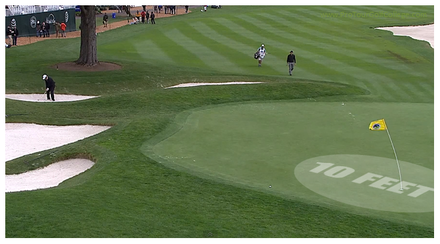 Pressure proof your practice to perform better when it counts Pressure proof your practice to perform better when it counts “About 4 years ago, I sought out a well-known performance coach in the U.K. who showed me how to practice under pressure. He explained to me that every time I work at my game I should practice under pressure using drills designed to do that.” “So he taught you specific drills to practice?” “Yes, he has lots of drills to put you under pressure, and he said that I should always practice with target zones around the hole for short-game and long-game practice. He also told me to record my results, and to measure my progress on an ongoing basis. It was the best investment I’ve ever made in my game.” Are You Building a Competitive Advantage, or Disadvantage into Your Game? While I was at the tournament I watched a coach working with 4 tour players over the first 2 days, and as much as it’s not unusual to see this at a tournament today, what was interesting to me was that they all appeared to be working on the very same drill or practice routine. See also: How You Can Build and Sustain Long Term Competitive Advantage Playing on the Pro Tour My immediate thoughts were, “why would 4 totally different tour players be working on the same routine or drill?” I wondered how a very good golfer could be convinced to practice a method that his fellow competitors were also practicing. I was at odds with seeing this, even though I knew that it was normal for tour players to work on perfecting their form to improve function, but why would they all be doing the same thing, the same way? Not to mention the fact that they were doing it prior to competing in a big tournament. Did this mean that they all had the very same problem with their golf swing? Or, were they learning a special technique to dramatically change the way they play? 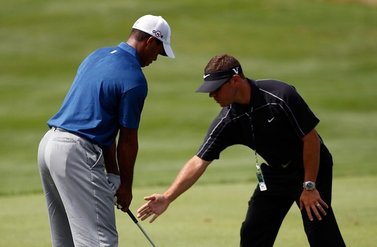 Does changing the outside change the inside? Does changing the outside change the inside? I was conflicted with what I seeing because I knew (based on the best advice I ever received as it relates to rapid personal change) that if you want to change what’s happening on the outside—then you change what’s happening on the inside. Now I know this approach is contrary to the way most golf instruction is performed, where most golf instructors are working on the outside (the technique) to change the outside (the technique). The trouble with this approach in our experience is that it can take a long time before you notice a change—if at all. So, here’s our best advice on personal change that you need to know and remember. If you want to change your behavior quickly on the outside, then you need to change how you experience it on the inside first.This means that to change your skills, or your perception of an event, then it’s is an inside job—not an outside one. This reminds of Tim Gallwey’s formula from his excellent book, The Inner Game of Golf; Performance = Potential – Interference. Principally, Gallwey say’s that to increase your potential to improve your performance, you need to eliminate or reduce distraction on the inside first. In other words, you need to remove the object that is in your way, and stopping you from performing your technique freely and effortlessly. So, if you want to score lower when under you're playing under pressure, then you would need to identify the object or thing that is obstructing your ability to do this. This object for many elite golfers is fear. It’s a fear of not achieving the results you want, or, a fear of missing the cut, or, a fear of hitting a certain kind of bad shot, or, it could be a fear of failing in front of others… Whatever it is, you need to understand that fear is an imaginary foe, and since it is a figment of your imagination, then that’s where you must deal with it—on the inside—not on the outside. If you notice that you are hitting too many bad long iron approach shots for example, then changing what you do with your swing on the outside won’t change a thing. Now I know that's going to ruffle a few feathers, but keep an open mind for a minute. The outside problem--the thing your notice is a reflection of the inside problem. You need to acknowledge the fear that’s present, and you need to understand how it is represented to you internally, and then you need to decide on the best method to change it. See also: Why You Should Never Make a Golf Swing Change Until You Perform a Benefits to Cost Analysis First  Confusing Preference Over Principle I think one thing we can all agree on is that every successful tour player uses authentic, and reliable methods, for getting the ball into the hole quickly, especially when playing under pressure. They know that the core principle of tournament golf is to achieve a low score average under pressure, and the preference for how you go about doing this is a secondary factor. The Key Learning Point to Remember: The principle of achieving a low score average under pressure is the first priority; and the preference for the method/s you use to achieve the first priority, comes second. Oddly, what we see too often is tour players and elite amateurs doing it the other way around, where they pick the method (their preference), first, and then they hope that with concerted effort they will lower their score average and become more competitive. Your score average goal, or score target range, determines what, and how you should practice. If you are building your game around drills and method to change something on the outside, then you are more-than-likely building a competitive disadvantage into your game. See also: The Golf Principle that Decides Whether You Will Be Successful at Making Changes to Your Golf Swing Technique or Not  Phil Mickelson knows how to score under pressure using his unique resources. Phil Mickelson knows how to score under pressure using his unique resources. The key question to ask yourself is this; “How is doing this drill on the practice fairway with no pressure, going to help me perform it when I have to, under pressure on the golf course?” The successful tour player I mentioned at the beginning of this article figured out that if he could score better under pressure using the resources he already possessed, then he would develop his unique competitive advantage. He identified that his competitive advantage was to practice under pressure to score better under pressure, which when you think about is logical, and it makes perfect sense. Interestingly, when I mentioned to him what I saw on the practice tee over the first 2 days of the tournament, he looked at me, grinned, shook his head slowly from side to side, got up, and went out to play. I thought to myself as he walked out the door that he knows something that many elite golfers will never get around to learning. Change always happens on the inside first. Lawrie Montague and David Milne - Pro Tour Golf College www.ProTourGolfCollege.com ----------------------------------------------------------------------------------------------------------------------------------- A Full Time, Low Cost, All Inclusive World Class Golf Training Program for Serious Amateur Golfers in Jakarta, Indonesia. Email us today at [email protected] for More Information on How You Can Train with Us and Reach Your Goals in Golf this Year. Comments are closed.
|
Archives
June 2019
|
Proudly Supported By
Copyright © 2011 - 2018 Pro Tour Golf College
Website Managed By Golf Performance Media
All Rights Reserved
Website Managed By Golf Performance Media
All Rights Reserved

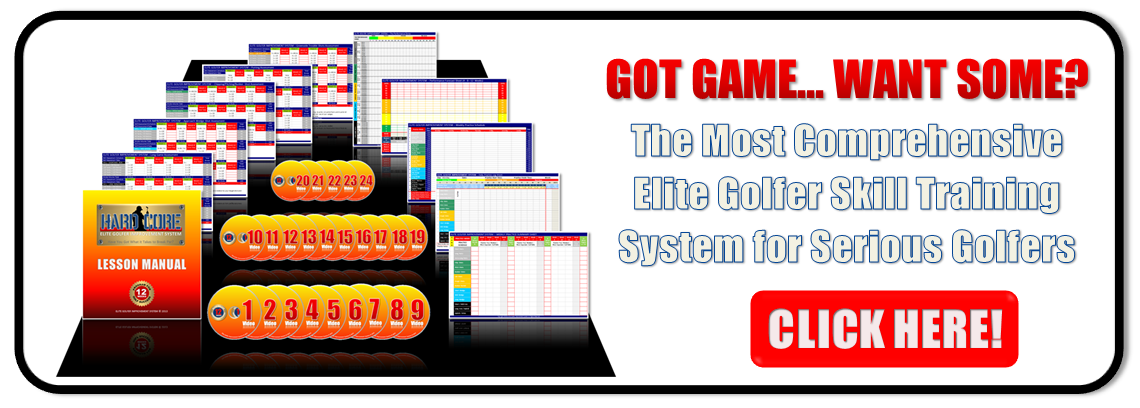
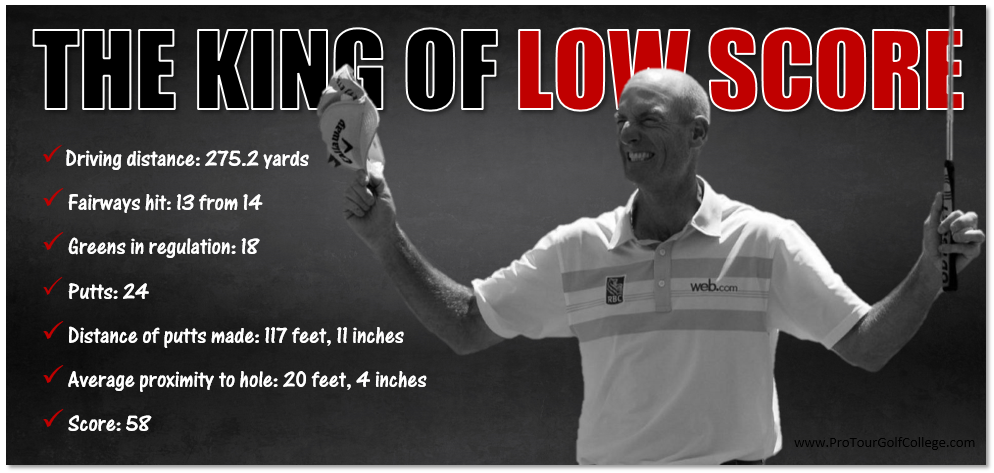
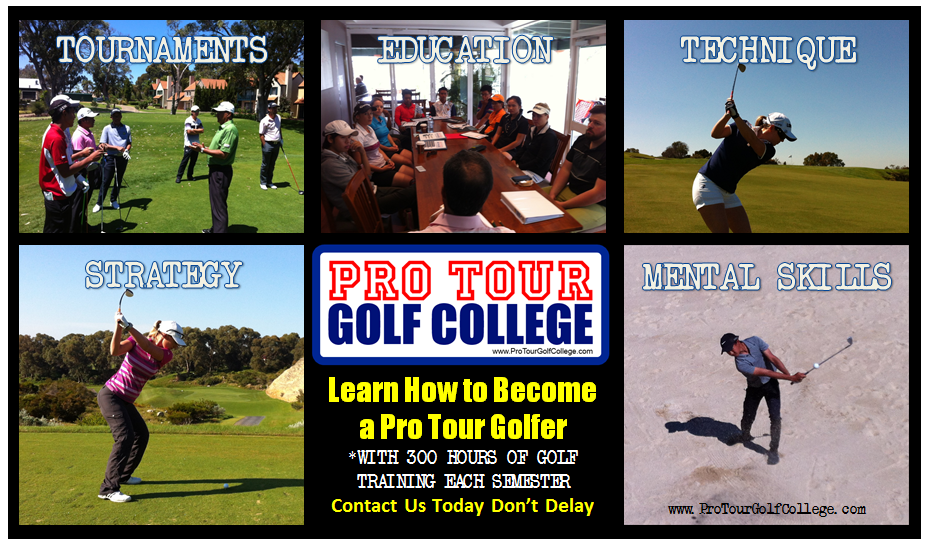
 RSS Feed
RSS Feed



